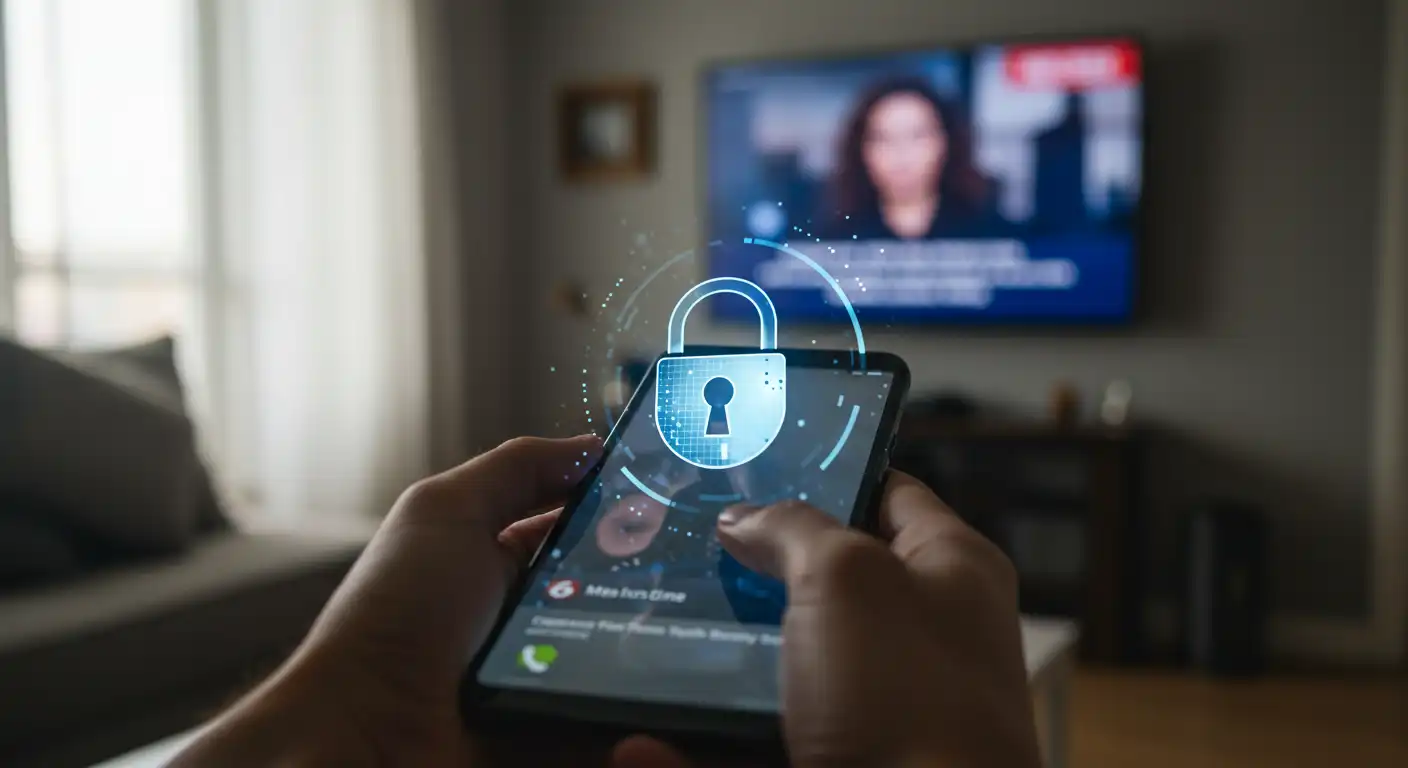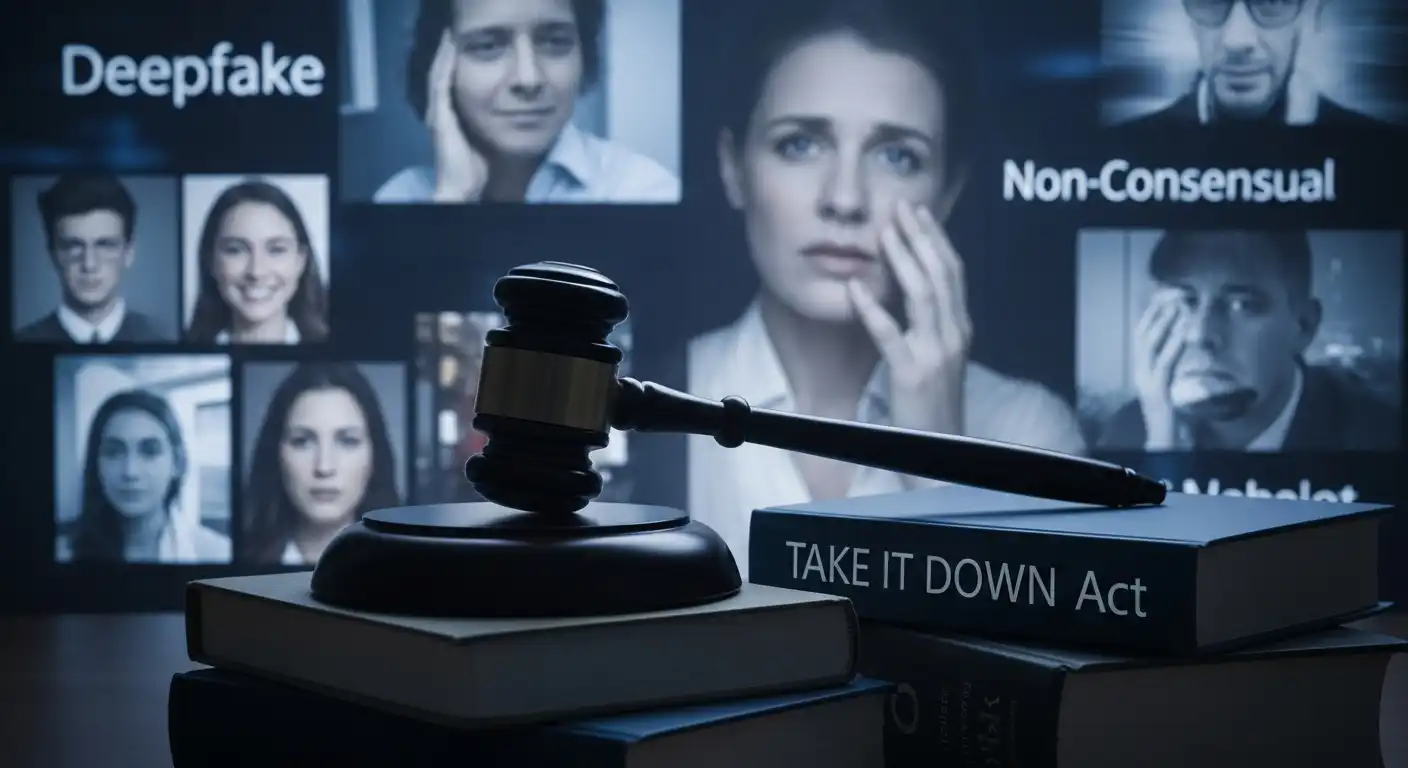The TAKE IT DOWN Act: Combating Deepfakes & Online Non-Consensual Imagery in U.S. Law
The rise of artificial intelligence has transformed how people communicate, create, and share content online. But with these advances comes a darker side: the spread of deepfakes and non-consensual intimate imagery (NCII). Victims often find themselves exposed, harassed, and powerless against a flood of unauthorized content that can damage reputations, careers, and mental health. In response, lawmakers have proposed the TAKE IT DOWN Act, an effort to curb these abuses through new federal legislation.This article explores the purpose of the TAKE IT DOWN Act, the challenges it aims to solve, how it fits within existing U.S. law, and what it could mean for victims, technology platforms, and society at large.
Understanding the Problem: Deepfakes and NCII
Deepfakes use advanced machine learning to create realistic but fake videos, audio, or images of individuals. While sometimes entertaining in parody or satire, these technologies are increasingly misused to create explicit content without consent. Victims, often women, face online humiliation, blackmail, and long-term reputational harm.
Non-consensual intimate imagery (also called “revenge porn”) predates deepfakes but has been supercharged by digital platforms and AI tools. Once uploaded, such material spreads rapidly across websites, forums, and encrypted platforms, making it nearly impossible for victims to fully erase their presence online.
The impact is profound: job losses, threats to personal safety, harassment, and lasting emotional distress. Despite the severity, current laws remain fragmented, with states adopting uneven protections and tech platforms operating under inconsistent obligations.

What Is the TAKE IT DOWN Act?
The TAKE IT DOWN Act is federal legislation introduced to provide a consistent nationwide framework for addressing non-consensual explicit imagery, including AI-generated deepfakes. The name reflects its central mission: empowering victims to demand swift removal of harmful content from online platforms.
The Act aims to:
- Create a clear federal prohibition on distributing NCII and deepfake sexual content without consent.
- Establish a takedown process requiring platforms to remove reported content quickly.
- Give victims a civil right of action to pursue damages and hold offenders accountable.
- Encourage platforms to adopt stronger content moderation practices while balancing free speech concerns.
How the Act Fits Into Existing U.S. Legal Framework
Currently, protections against NCII and deepfakes are scattered across state laws, with more than 40 states enacting some form of legislation. However, these vary widely in scope, penalties, and enforcement. Some states address only revenge porn, while others extend to AI-generated fakes. This patchwork creates gaps that leave many victims unprotected depending on jurisdiction.
At the federal level, laws like Section 230 of the Communications Decency Act shield platforms from liability for user-generated content. While this has encouraged online innovation, it also complicates accountability for harmful uploads. The TAKE IT DOWN Act seeks to carve out a narrow exception by placing obligations on platforms when they receive verified takedown requests.
Additionally, the Act builds upon prior legislation, such as the Violence Against Women Act (VAWA) and cyberstalking provisions, but expands protections to include the modern reality of deepfakes.

Key Provisions of the TAKE IT DOWN Act
1. Federal Prohibition on NCII and Deepfakes
The Act criminalizes the creation, distribution, or possession of non-consensual intimate imagery, including AI-generated content. This provision aims to send a strong message: creating or spreading such material is not a prank or free expression—it is a violation of federal law.
2. Takedown Mechanism
Victims can file takedown requests with online platforms, requiring them to remove flagged content within a set timeframe. Failure to comply could expose platforms to liability. The process is designed to be accessible, fast, and protective of victim privacy.
3. Civil Remedies
Victims may sue offenders for damages, including emotional distress, reputational harm, and economic losses. Courts may also award statutory damages to deter future misconduct.
4. Platform Responsibilities
Platforms must maintain clear reporting channels, respond promptly to removal requests, and implement safeguards against re-uploading banned content. Larger platforms may be required to deploy advanced detection tools to prevent the spread of NCII and deepfakes.
Balancing Rights: Free Speech and Privacy
A recurring challenge in regulating online content is balancing free expression with individual privacy. Critics of broad regulation worry about potential misuse, censorship, and false claims. The TAKE IT DOWN Act attempts to strike a balance by limiting its scope to explicit, non-consensual material and ensuring that platforms are not forced to act as preemptive censors for all content.
By focusing on harmful sexual imagery created or distributed without consent, the Act narrows its reach to a category of speech with minimal First Amendment protections.

The Role of Technology Companies
Social media platforms, content-sharing sites, and hosting services are central to the Act’s success. Without cooperation from tech companies, takedown orders may prove toothless. The Act envisions a future where platforms deploy AI tools to detect deepfake pornography, adopt robust hashing systems to block re-uploads, and provide victims with direct reporting channels.
However, compliance costs, technical feasibility, and the risk of over-policing content remain major concerns. Smaller platforms may struggle to meet requirements without federal funding or shared detection technologies.
Victim Advocacy and Support
Beyond legal remedies, the TAKE IT DOWN Act emphasizes victim support. This includes access to hotlines, counseling, and legal assistance. For many victims, the harm extends beyond online exposure into workplace discrimination, social stigma, and mental health struggles. A comprehensive approach requires not just removal of content, but also long-term resources for recovery.
Criticisms and Challenges
While the TAKE IT DOWN Act has received bipartisan support, it is not without controversy. Common critiques include:
- Overbreadth: Concerns that the Act could sweep in consensual content mistakenly flagged as non-consensual.
- Platform Burden: Smaller companies argue they lack the resources to build sophisticated moderation systems.
- Enforcement: Critics question whether federal agencies have the manpower to monitor compliance effectively.
- International Jurisdiction: Deepfake and NCII content often originates overseas, raising enforcement challenges across borders.

The Future of Online Safety and Privacy
The TAKE IT DOWN Act represents a significant step toward creating a safer digital environment. By targeting a particularly harmful form of abuse, it highlights broader questions about how society should govern AI-driven technologies. As deepfakes grow more sophisticated, laws may need to expand beyond explicit content to address misinformation, fraud, and political manipulation.
For victims, the Act offers hope of faster relief and stronger accountability. For platforms, it signals a shift toward proactive responsibility. For lawmakers, it reflects the growing urgency of adapting legal frameworks to emerging technologies.
Conclusion
The TAKE IT DOWN Act is more than a legal proposal—it is a recognition of the profound harm caused by deepfakes and non-consensual intimate imagery. By establishing clear rules, empowering victims, and holding platforms accountable, the Act seeks to restore dignity and safety in the digital age. While challenges remain, its passage could mark a turning point in how the United States addresses technology-fueled exploitation.
As online life continues to expand, laws like the TAKE IT DOWN Act may form the foundation for broader reforms aimed at protecting privacy, consent, and trust in the digital era.
Categories: Technology Law, Privacy, Cybersecurity, AI Regulation
